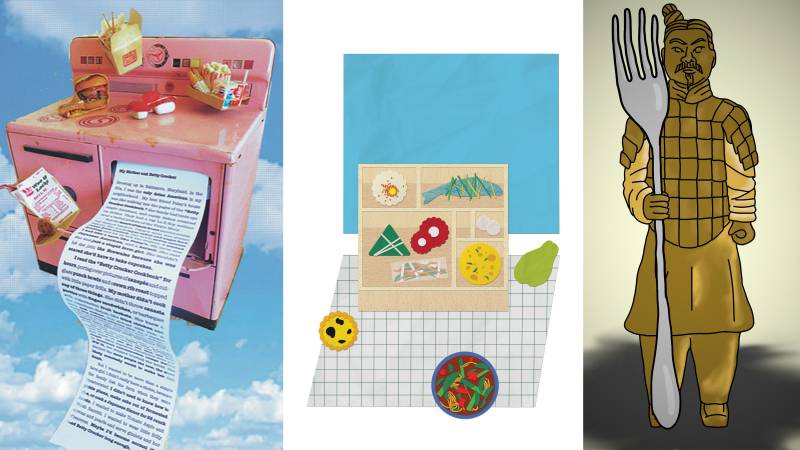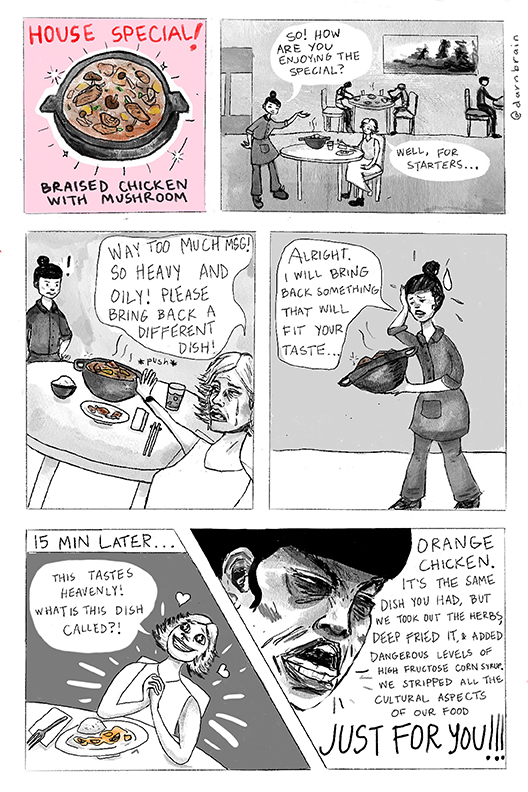If you run in first- and second-generation immigrant circles, you’ve probably heard your share of “stinky lunchbox” stories—about the time someone’s mother packed them dumplings or curry, and the other elementary school kids acted like it was the grossest thing ever. Deep shame ensues, followed eventually by acceptance.
Or so the narrative goes. For many Asian Americans, in particular, the “lunchbox moment” anecdote has become a stand-in for the broad range of microaggressions they suffer in this country. It’s fitting, then, that a new Bay Area-based zine called Lunchbox Moments would use these types of memories as a vehicle for Asian Americans and Pacific Islanders to share personal stories about food and identity on the heels of AAPI Heritage Month—and to do so during a time when violent attacks against Asian Americans have dominated the headlines.
Starting on Monday, June 7, the zine will be available for purchase online for $30 a copy. All proceeds will benefit San Francisco’s Chinatown Community Development Center (CCDC), which has run two iterations of its Feed + Fuel Chinatown Fund, a COVID relief program that pays Chinatown restaurants to provide free meals for the low-income residents of the neighborhood’s Single Resident Occupancy hotels (SROs).
The zine is the brainchild of Shirley Huey, Diann Leo-Omine and Anthony Shu, Bay Area food writers who met at the Food Media Lab workshop in San Francisco in 2019. The three had been talking about collaborating on some kind of project when the double whammy of 2020 hit—the pandemic, of course, but also the wave of anti-Chinese, anti-Asian sentiment that accompanied its arrival in the U.S.
“Even before the government shutdowns, we all saw that restaurants in Chinatowns were completely deserted of customers,” Huey says. “And we saw, also, the rhetoric that was happening all around. We wanted to do something that would respond to what we were seeing.”



